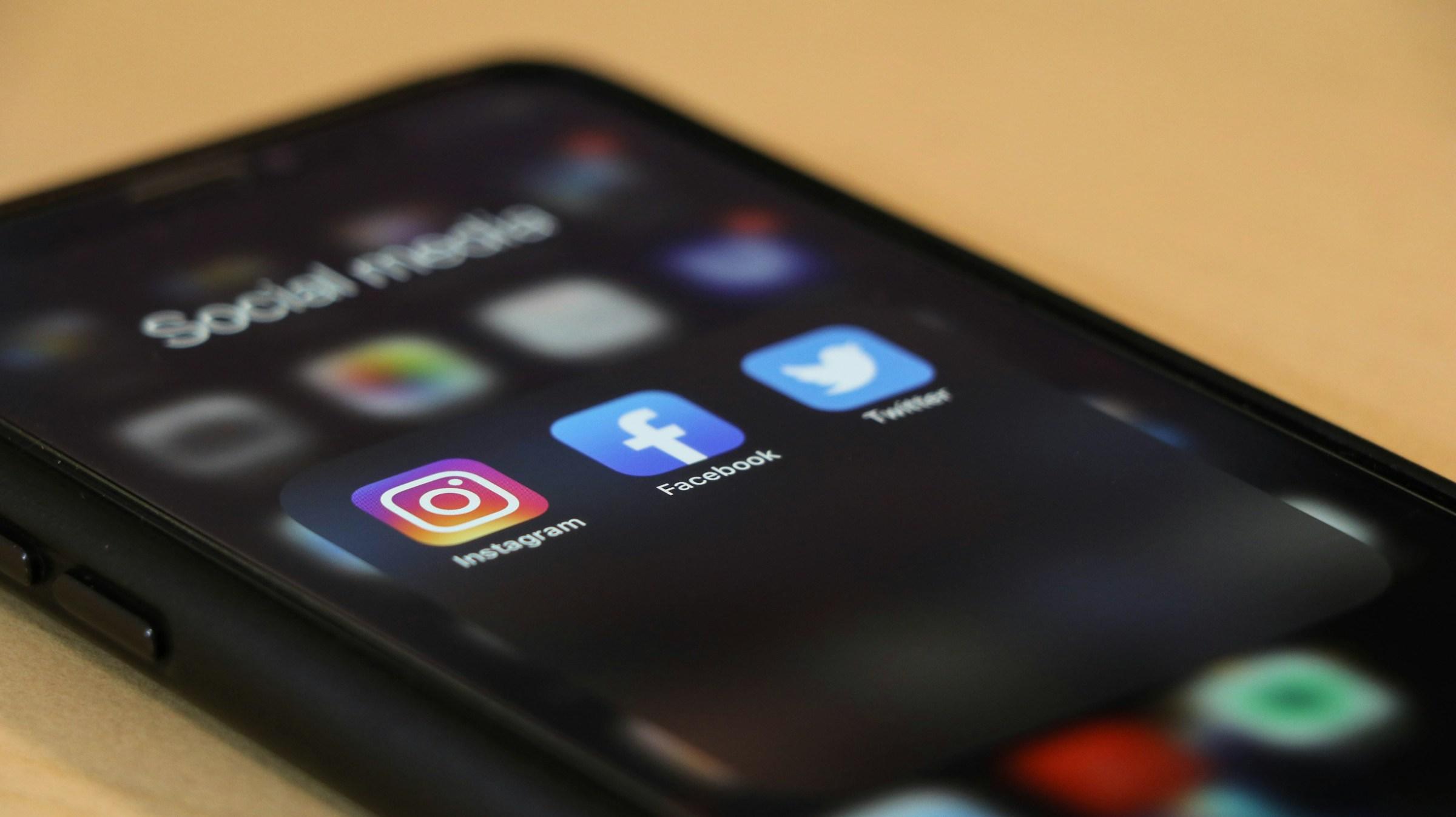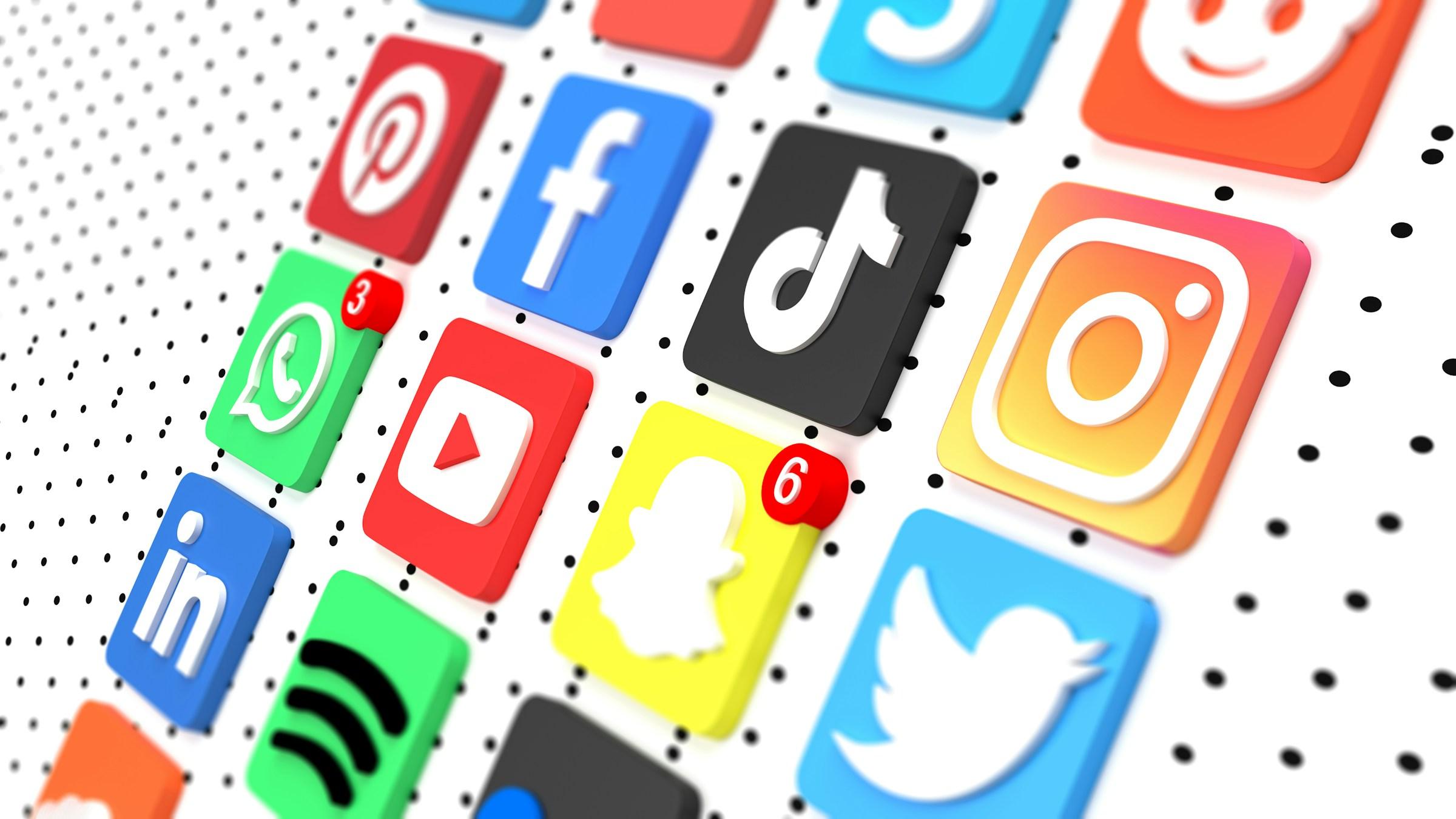Social media does not create jobs on its own. It shortens the distance between proof of work and the people who need that work done. That simple shift explains why a designer’s one minute walkthrough, a developer’s public repo, or a product manager’s teardown thread can open doors that a static résumé could not. The modern hiring problem is rarely about access. Anyone can search and anyone can post. The real friction sits in trust and time. Teams need to reduce risk without burning cycles, and platforms help by turning vague claims into visible behavior. When your work is legible in public, the cost for a stranger to believe you falls, and that is where opportunity begins.
Each platform organizes opportunity around a different kind of graph. LinkedIn is built on people and titles, with search features for recruiters who want to filter by signals like tenure, skills, and connections. X routes through interest and conversation, which rewards speed, clarity, and the ability to join or start debates that matter to operators. GitHub, Behance, and Dribbble revolve around artifacts. You win by making the work portable, comparable, and easy to scan. TikTok and Instagram tilt toward distribution and narrative pacing, so craft in editing, voice, and structure becomes part of how skill is read. Long form writing platforms such as Medium or Substack prioritize argument and continuity. The practical point is simple. Fit the shape of your proof to the graph that governs your niche. A backend engineer who spends hours on glossy carousels is playing the wrong game, while a brand strategist who never publishes a point of view leaves reach on the table. Product managers often sit between these worlds and can gain ground with crisp teardown threads, short demos, and user journey critiques that reveal how they think.
From the hiring side, social media reduces the number of interviews needed to reach confidence. A design lead wants to see how you handle constraints before a call. A data leader wants to sense your hygiene and framing before reading any SQL. A general manager wants to know if you make tradeoffs explicit rather than hide them behind vibe. Public artifacts let decision makers preview those patterns. Warm introductions travel through the same surfaces, and they matter because warmth changes the cost of attention. When your work flows through someone a hiring manager already trusts, a meeting becomes easier to justify. That is not favoritism. It is an adaptation to information overload.
People often misunderstand personal brand in this context. Brand is not a clever bio or a color palette. In career terms, brand is a pattern of decisions, artifacts, and outcomes that others can recognize without a meeting. You build that pattern by choosing a small set of problems and showing your work against them with consistency. The risk is confusing presence with proof. Posting daily without a coherent arc looks busy and converts poorly. Posting less often with clean artifacts that connect to a throughline compounds, because you are building a reference library. Libraries work while you sleep. They are what people binge when they need to figure out whether you fit.
Think of opportunity as a funnel. At the top sits ambient visibility. You contribute thoughtful comments, you publish one strong artifact each week, and you share short analysis threads when something breaks in your space. In the middle sits proof, where portfolios, repos, case studies, and short demo videos let strangers do due diligence quickly. At the bottom sits contact. You make it easy to reach you with a single, reliable channel. Most people overinvest at the top and hide the rest, which is why attention spikes do not lead to offers. The system fails not because nobody saw your work, but because nobody could verify it or contact you.
Geography and culture shape the mix. In the United States, LinkedIn is the default index for identity while niche graphs handle proof. In China and parts of Southeast Asia, trust often flows through super apps and private groups. Referrals and backchannel checks happen in the same chat surfaces where the work gets done, so private communities convert better than public feeds for mid senior roles. In the Gulf, public reputation on X and LinkedIn matters for executive signaling, but conversion often completes through closed networks. Builders in Southeast Asia see a hybrid, with TikTok establishing taste for creators, LinkedIn holding titles, and private groups doing the serious matching. Do not copy a North American playbook into a region that runs on private referrals, and do not hide in private channels if you want cross border reach. Map your presence to the paths that trust follows in your market.
The content that moves people is specific, modest, and useful. An engineer who narrates a small pull request with context and a benchmark win earns DMs because that short clip teaches while signaling competence. A designer who records a quick Figma walkthrough with before and after states answers the unasked question about process. A marketer who breaks down a real campaign with inputs, audience assumptions, spend range, and outcome deltas gives operators a clear way to judge signal quality. A product manager who summarizes a feature postmortem without blame shows maturity and operational literacy. None of this requires private data. The boundary is clear. Do not leak client details. Do not inflate scope. The internet is full of people who hire and they can smell exaggeration.
Creator energy helps operators because it forces clarity. You learn to package ideas for people who do not know your org chart. You get better at pacing, context, and conflict, which are useful leadership skills. The risk is letting performance swallow craft. When views become the goal, the work gets shallow and serious leaders tune out. The fix is to anchor every public artifact to a real skill and a visible outcome. Views can be welcome, but they are a byproduct, not the KPI.
A durable system for reputation has four parts. Decide what you want to be known for, ship small artifacts that express that intent, maintain your library so links do not rot, and create obvious doors for people to walk through. Maintenance is mostly calendar work. Pick a cadence you can sustain, perhaps a weekly public post, a monthly deeper artifact, and a quarterly refresh of anchor pages and contact paths. Doors are copy. Your bio should say what you do, what you are open to, and where to click next. Pin a post that points to a single page with a short intro, your best work, and one contact method that routes to your inbox. That last mile is where many opportunities die.
Measure what maps to jobs, not to ego. Likes do not map to offers, and follower counts do not map to fit. Watch for introductions from people you respect, invitations to solve concrete problems, and repeated inbound from the same type of operator. If you get random coaching inquiries when you want product roles, your positioning is off. If you get traffic but not meetings, your proof is weak or your contact path is broken. If you get meetings but not offers, your artifacts oversell what the interviews reveal. The fix is not to post more. The fix is to tune the system against the right signals.
Do not ignore the quiet power of comments and DMs. Sharp comments travel through other people’s distribution and can outperform a mediocre original post. Respect the original, add a concrete angle, and link only when the artifact truly helps. Direct messages convert when they are short, specific, and easy to accept. You are not writing a cover letter. You are proposing a useful next step. A single line that frames a two minute demo beats paragraphs of adjectives.
Guardrails matter. Being hireable is not the same as being viral. A feed that reads as reckless, hostile, or careless about confidentiality can cancel out every other signal. Use a simple test. Would a future boss feel comfortable sharing your post in a team chat as a positive example of how to think or work. If not, reconsider tone and content. Consistency matters as well. Reinventing yourself every quarter resets trust because people need continuity to believe you.
When opportunities show up, they often arrive as small side quests. Someone asks you to sanity check a spec, contribute a short note, or join a user group for an hour. Treat these moments like paid tests even when there is no invoice. They teach you how people evaluate you, they expand your reference network, and they let lightweight collaboration turn into heavier work. Over time, those small projects stack into a reputation that pulls you into rooms you did not know existed.
Compounding looks slow until it is not. Early on you will post to small audiences and it will feel like speaking into the wind. Then one artifact lands with the right niche, and your baseline shifts. The middle stretch can feel flat again. Keep shipping. At some point the library becomes the thing people study before they reach out, and offers that look sudden are simply the visible tip of the curve you built in public.
If you want this to fit inside a normal week, fold it into your operating rhythm. Convert a real work moment into a short public artifact one evening. Spend a few minutes on two or three days adding thoughtful comments inside your lane. Refresh your anchor page once a month, prune dead links, and protect a single contact channel that you actually check. You do not need to become a full time creator. You need a reliable system that keeps your competence legible and your door unlocked.
Opportunity is not hiding. It is waiting for credible signals attached to reachable people. Social platforms provide the pipes. Proof supplies the pull. When you design your presence like a product funnel, match your graph to your craft, ship artifacts that reveal how you think, and keep clear doors open, the inbound shifts from random to relevant. The platforms do not change who you are. They change how quickly the right people can confirm it.








.jpg&w=3840&q=75)
.jpg&w=3840&q=75)



.jpg&w=3840&q=75)
.jpg&w=3840&q=75)